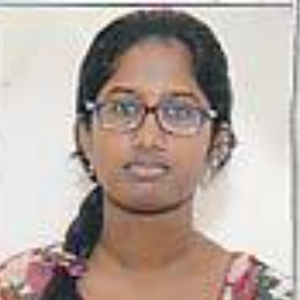Title : General processing characteristics of low temperature co fired ceramic LTCC technology and the creation of 3D structures for micro fluidic devices
Abstract:
The foundation of low temperature co-fired ceramic technology (LTCC) is the sintering of multi-layered thick-film sheets (50-250 m) or green tapes, which are screen-printed with thick-film pastes like conductors, resistors, and other components. The words low temperature and co-fired refer to the simultaneous firing of tapes and screen-printed thick-film materials and the relatively low sintering temperatures (9000 c) compared to typical ceramics, respectively. These qualities are attained by enhancing the tapes' inherent qualities and adapting the physical and chemical features of thick films to those of tape, while yet maintaining their inherent functional qualities. Evidently, mastering the technology necessitates a fundamental comprehension of the problems with tape and paste compatibility and how processing conditions affect this relationship. The reason for using carbon-black sacrificial paste to create 3-D micro-fluidic devices without the channel walls sagging is the origin and degree of chemical and physical interactions between co-fired components. Recently, one of the most alluring microtechnology options for a variety of applications has been LTCC technology. It has long been recognised as the best substrate for high-frequency electronics that need quicker communication speeds and smaller dimensions. This is made possible by LTCC tapes’ low dielectric constant and loss, which allow them to be burned at low temperatures with low-resistance conductors (Au, Ag, Cu, etc.). Furthermore, the method is appealing for additional applications like sensors and micro-fluidics due to the ease of handling of tapes for 3-D structuration, screen-printing with thick-film electrical components, chemical inertness, and hermeticity. An alternative approach for better processing is proposed. Additionally, the creation of comparable structures and the production and use of a carbon-sacrificial layer will be discussed.
Audience take away:
- Address the processing-related issues that LTCC technology frequently encounters
- Discuss about how to prepare and use a carbon-sacrificial layer, and appropriate structures will be made
- Explains an efficient way to reduce the extent of the problem



